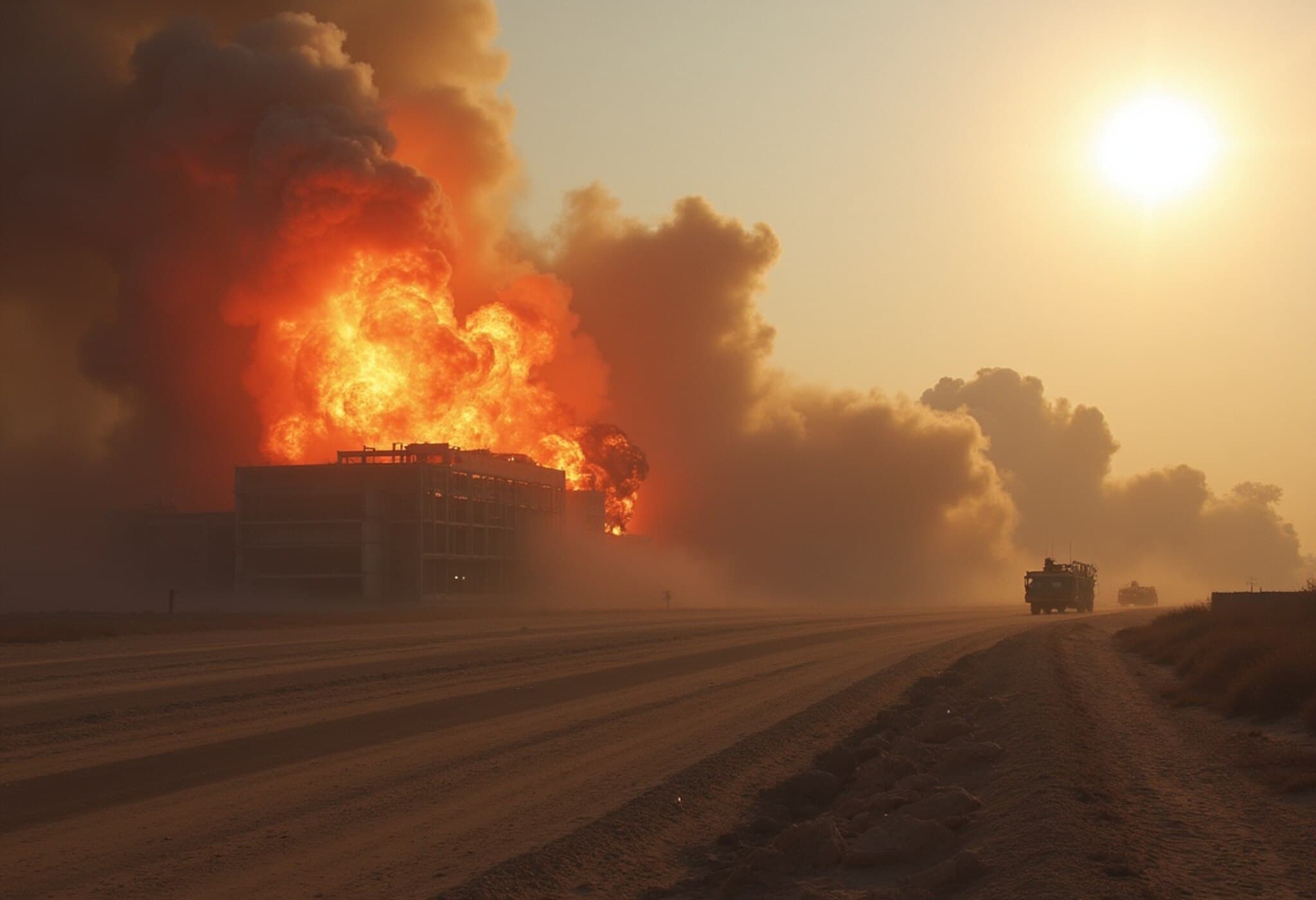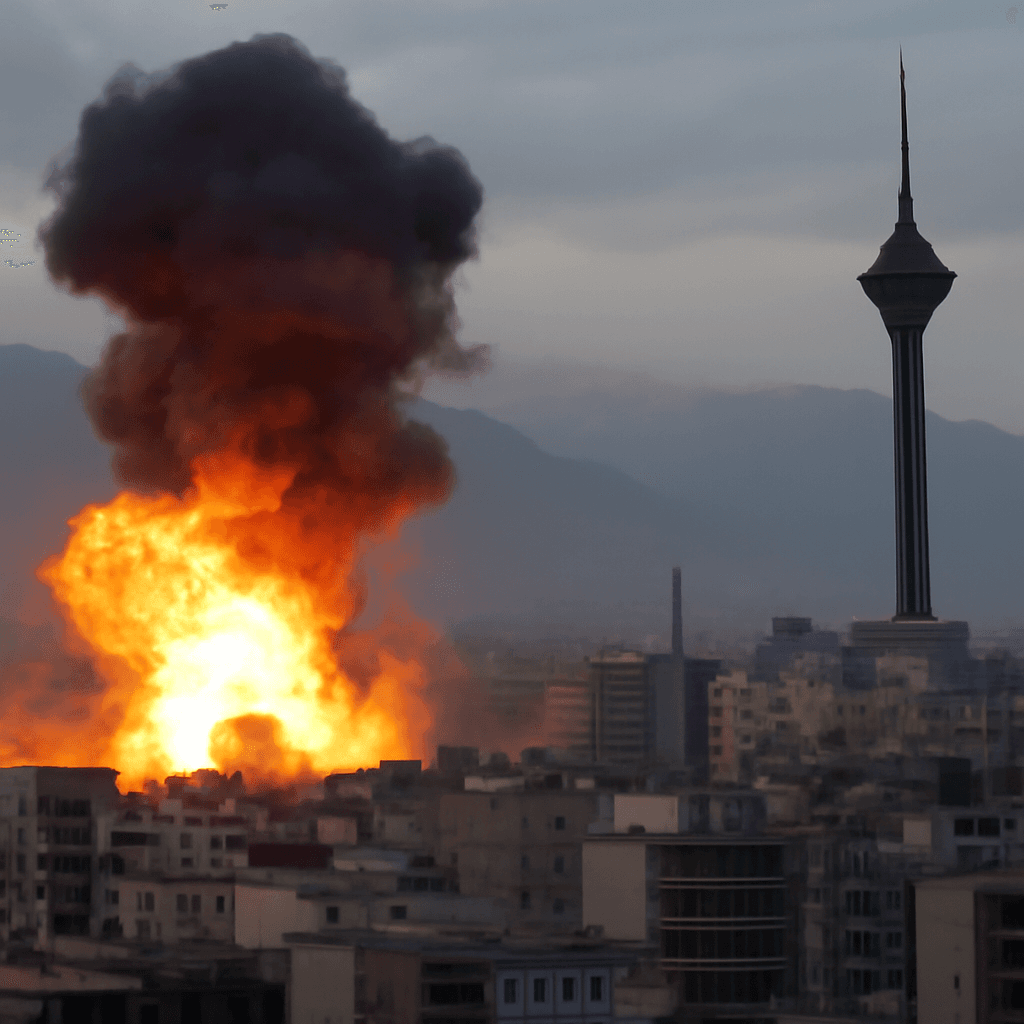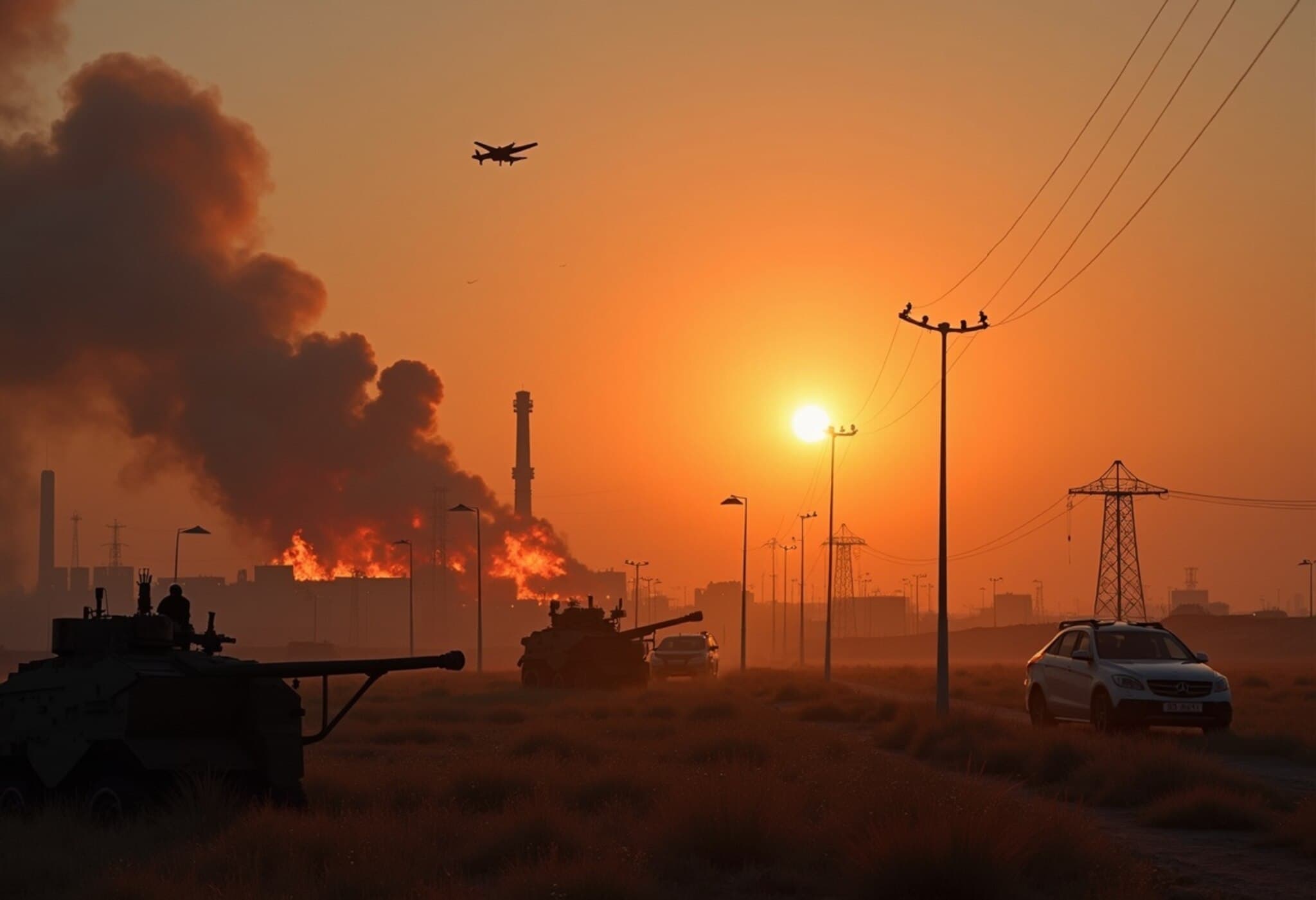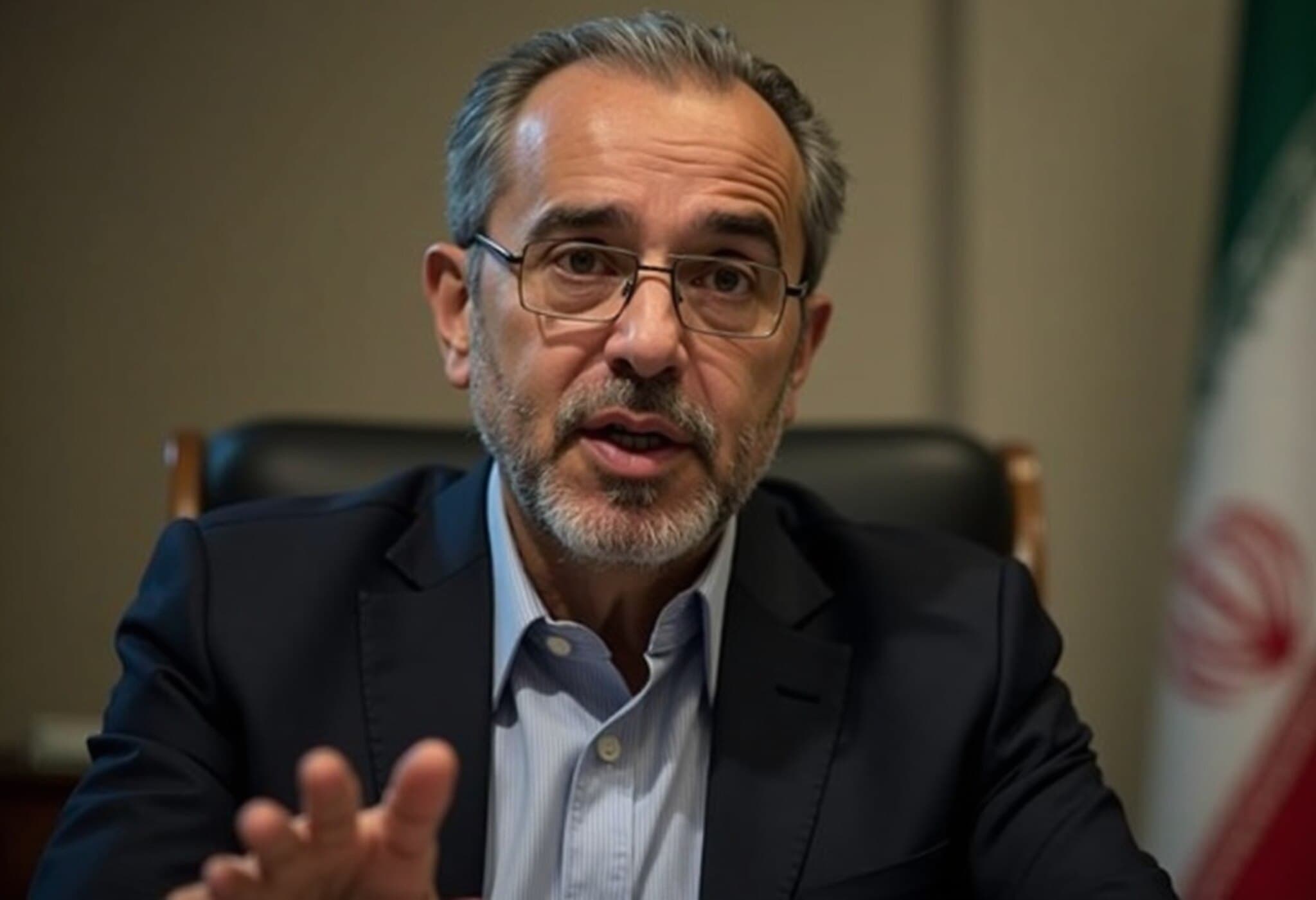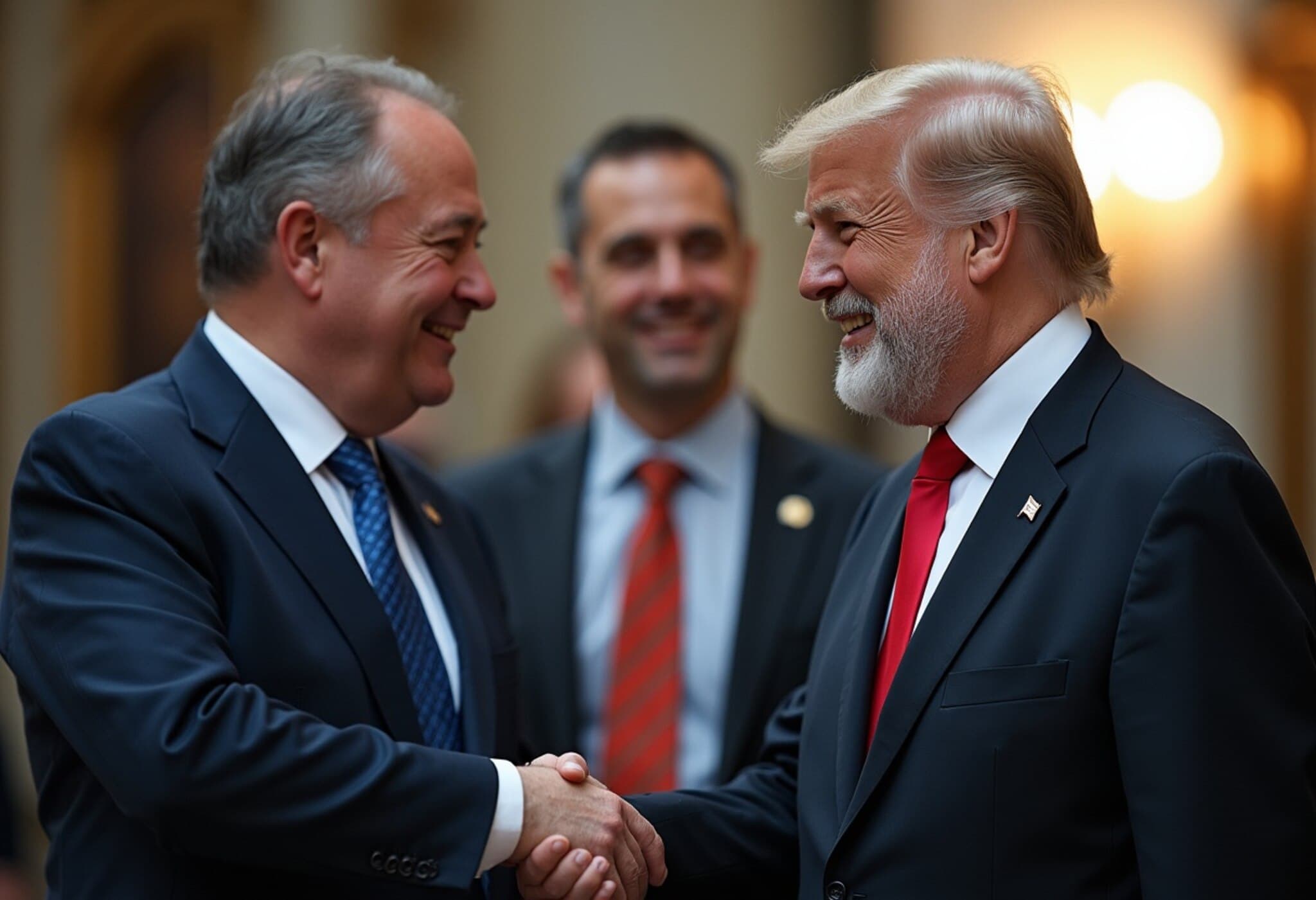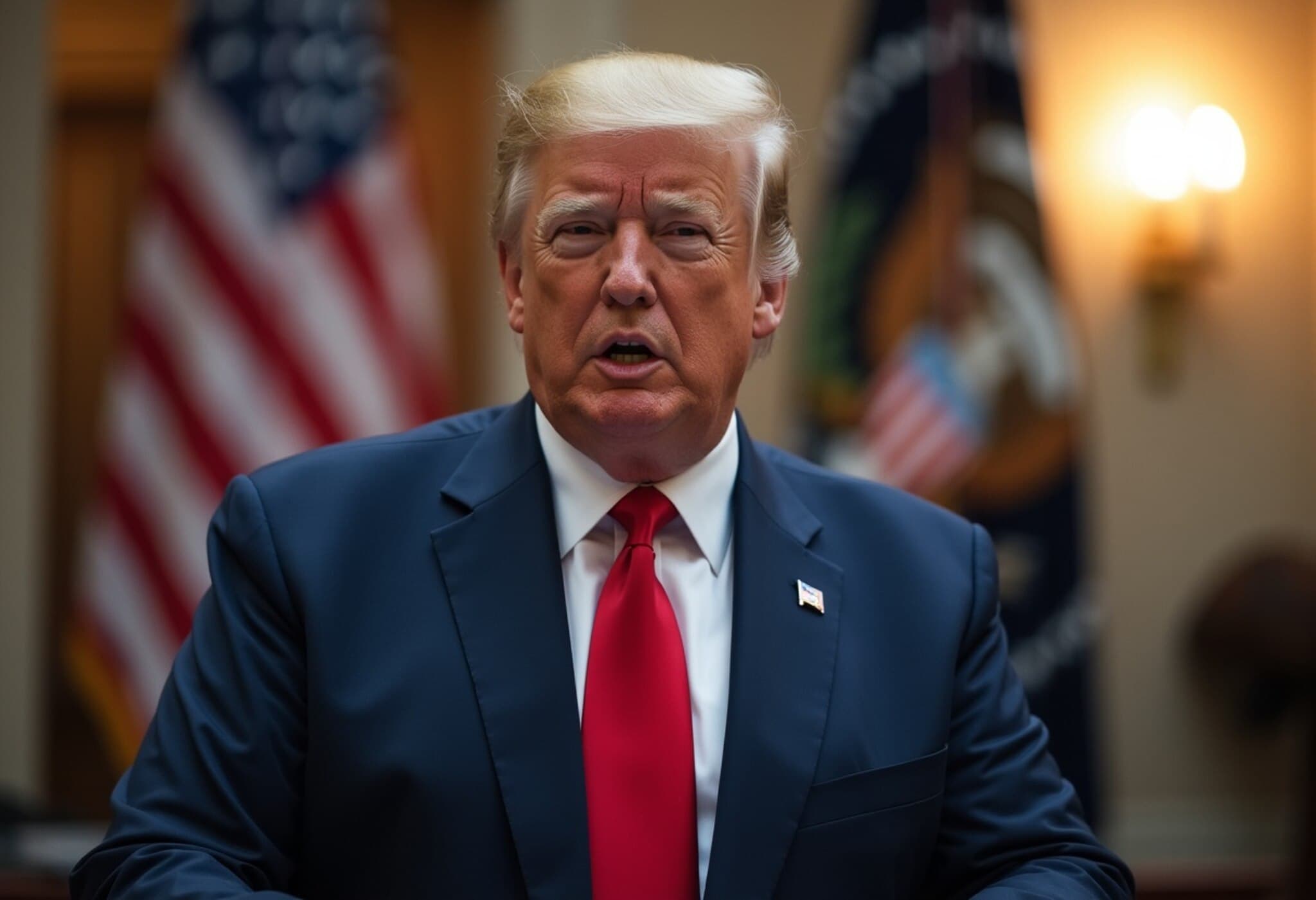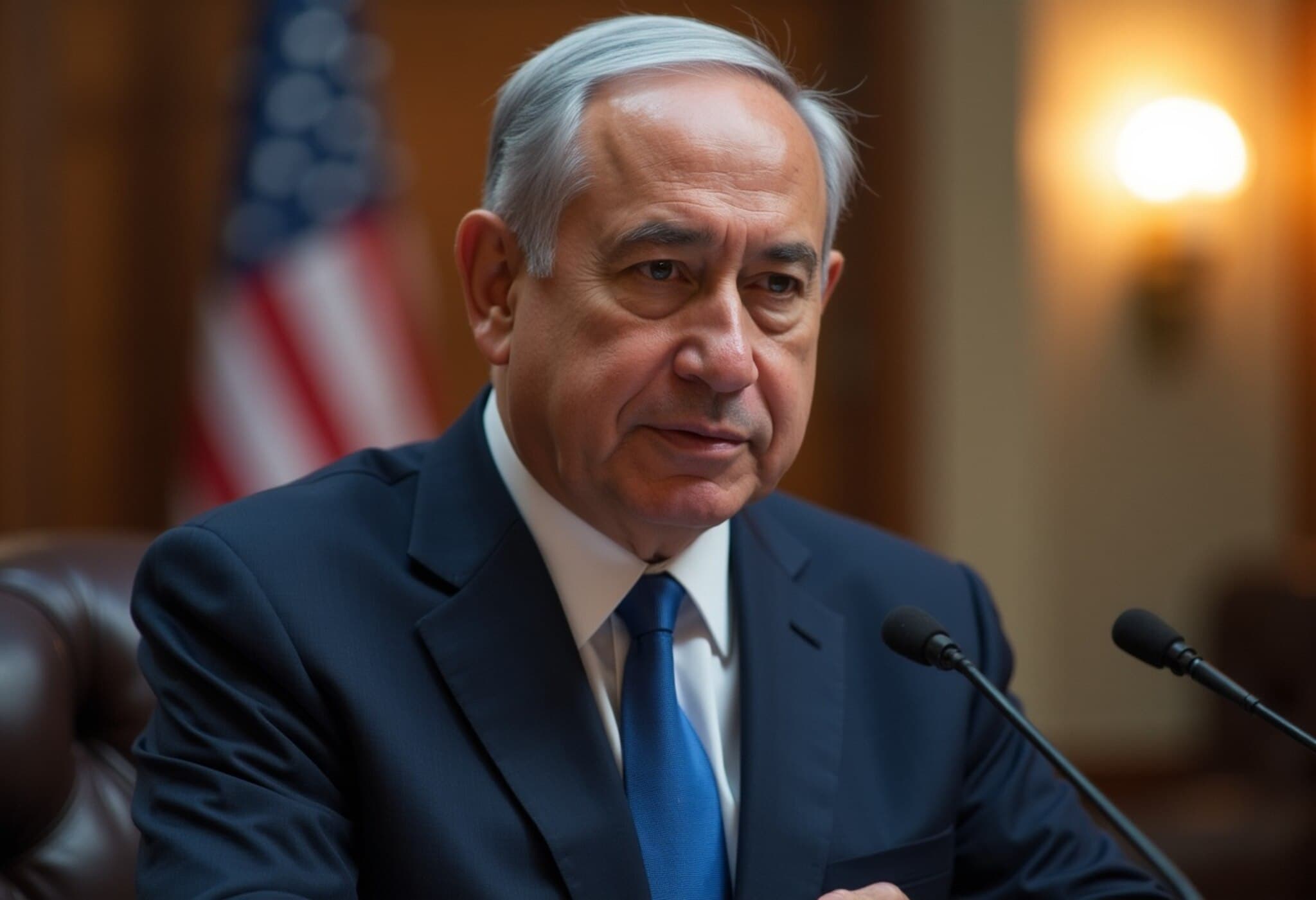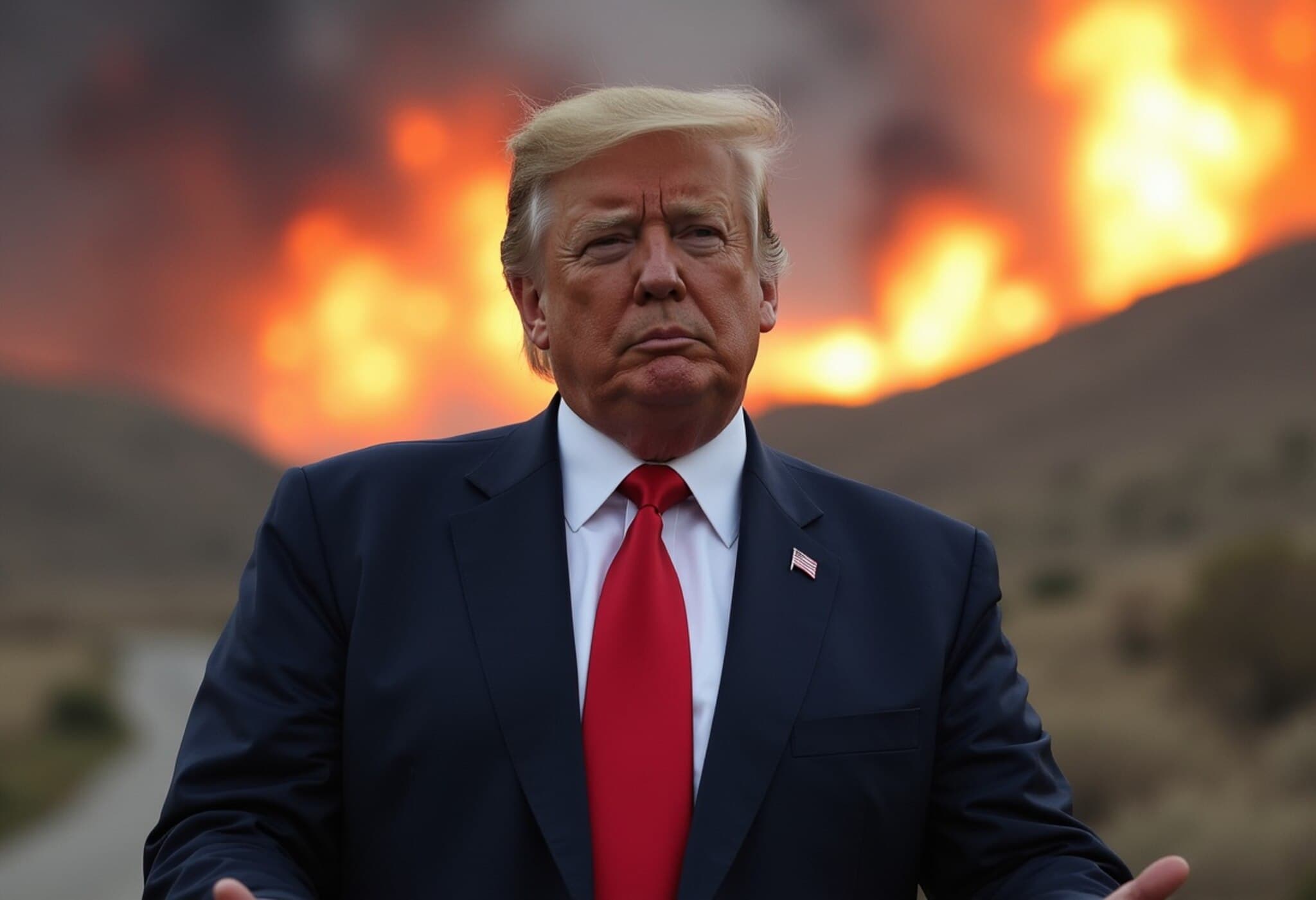US Launches Strikes on Iran’s Nuclear Facilities
On Sunday, US President Donald Trump announced that American forces had successfully hit three major Iranian nuclear sites—Fordow, Natanz, and Isfahan—in coordination with Israel’s ongoing campaign against Tehran’s nuclear ambitions. Trump declared the operation a “very successful attack,” emphasizing that the US stands ready to target additional locations if tensions persist.
“A full payload of BOMBS was dropped on the primary site, Fordow. All planes are safely on their way home,” Trump posted on his social platform, highlighting the decisive nature of the strikes. He further warned that Iran’s future holds either peace or heightened tragedy, underscoring the seriousness of Washington’s commitment.
What the US Strikes Targeted and How
1. Key Sites Hit
- Fordow: The heavily fortified underground uranium enrichment facility housing advanced centrifuges.
- Natanz and Isfahan: Important nuclear sites hit using Tomahawk missiles.
According to US officials, B-2 stealth bombers delivered six bunker-buster bombs on Fordow, while about 30 Tomahawk missiles were launched at Natanz and Isfahan. Fordow’s location is approximately 95 km southwest of Tehran, housing some of Iran’s most protected nuclear technology.
2. The Role of B-2 Stealth Bombers
The B-2 bombers involved are uniquely capable of penetrating highly fortified underground targets thanks to the GBU-57 Massive Ordnance Penetrator, a 30,000-pound bunker-busting bomb. This weapon is singular in the US arsenal and considered essential to strike Iran’s most secure nuclear facilities.
Diplomatic and Military Context
Trump-Netanyahu Coordination
A White House official confirmed that Trump consulted Israeli Prime Minister Benjamin Netanyahu before the operation. Trump praised their joint efforts, calling their collaboration “perhaps” unmatched by any previous team. He described the Iranian regime as the “bully of the Middle East,” making clear that further action is possible if peace is not achieved swiftly.
Iran’s Response and Damage Assessment
Iran’s state media acknowledged the airstrikes, with their Qom province reporting activation of air defenses during the assault on Fordow. Nevertheless, authorities have remained vague about the extent of damage or casualties. State broadcasters stressed that no radioactive materials were present at the targeted sites at the time.
Pre-Strike Movements and Regional Dynamics
- The US had been repositioning military assets across the Middle East to shield both Israeli and American bases from potential retaliation.
- Meanwhile, Iran-backed Houthi rebels in Yemen warned they might resume attacks on US ships in the Red Sea, escalating tensions further.
Casualties and Human Impact
Since hostilities erupted over a week ago, Iranian sources report at least 430 dead and 3,500 injured. On the Israeli side, missile attacks have resulted in 24 civilian deaths and more than 1,200 injuries, with several in critical condition.
Leaders’ Reactions
After the strikes, Netanyahu praised US strength, stating, “First comes strength, then comes peace.” He called the US decision “bold” and historic. On the other hand, Iran’s Supreme Leader Ayatollah Ali Khamenei warned that any further attacks would inflict irreparable damage and could spark an all-out regional war.
President Trump, addressing these threats, claimed knowledge of Khamenei’s location, calling him an “easy target” but refrained from any direct action against him for now.
Global and Diplomatic Fallout
Despite urgent diplomatic efforts, attempts to de-escalate have failed. The conflict, now involving direct US military action, has raised alarm bells worldwide. The United Nations Secretary-General voiced grave concern over the rapid escalation, emphasizing the risk of uncontrollable conflict with devastating consequences for the region and the global community.
Trump has reiterated his opposition to deploying ground troops in Iran, calling such a move “the last thing you want to do.”
Summary
The US’s entry into the Israel-Iran conflict with precision strikes on Iran’s nuclear sites marks a significant escalation in a fraught regional standoff. With heavy losses on both sides and diplomatic avenues faltering, the path ahead remains unpredictable, teetering between hopes for peace and the specter of wider conflict.

